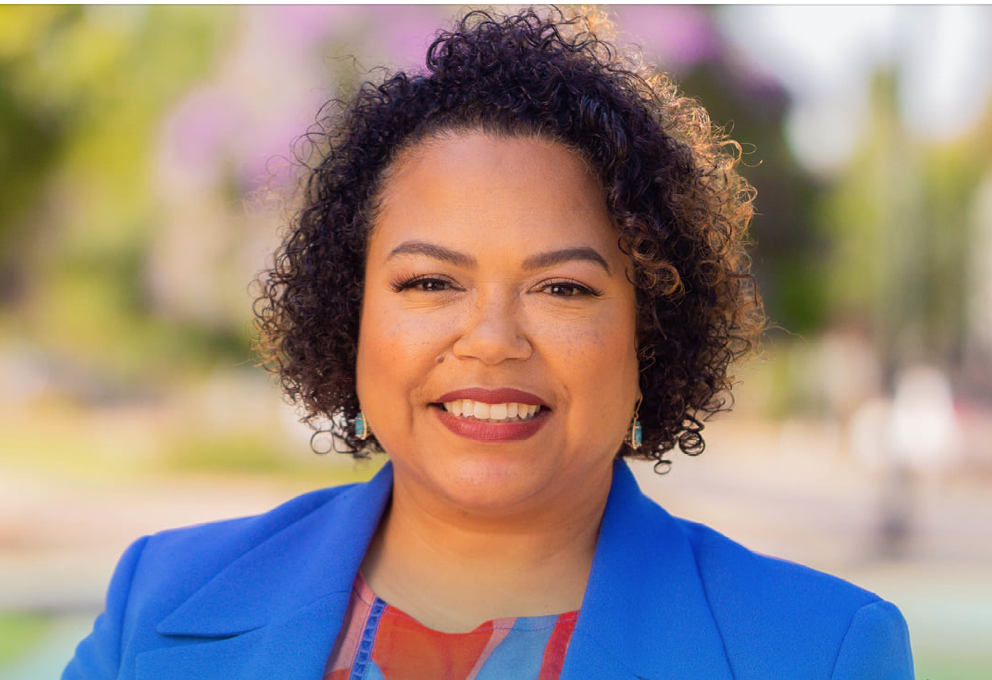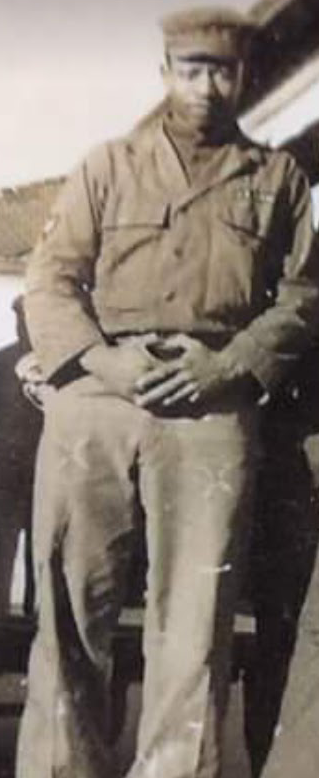Riverside’s Annual Breast Cancer Walk, Pink on Parade Returns in Hybrid Format to Paint the Town Pink
RIVERSIDE, CA- The Pink Ribbon Place, a program of Riverside Community Health Foundation, is proud to announce the return of its 10th annual breast cancer awareness walk – Pink on Parade -with virtual and in-person activities that highlight the importance of raising breast cancer awareness, screenings and early detection to save lives.
According to the CDC, the total number of cancer screening tests received by women through the Centers for Disease Control and Prevention (CDC) National Breast and Cervical Cancer Early Detection Program (Early Detection Program) declined by 87 percent for breast cancer during the pandemic.
“Breast cancer screenings and treatments have been impacted by the Covid-19 pandemic; many have delayed, and some have even skipped annual screenings, which can be instrumental in the early detection of breast cancer,” said Nicole Stovicek, Director ofThe Pink Ribbon Place. “Pink on Parade is a celebration of strength, hope and survival, but it is also an opportunity to remind every one of us of the importance of early detection and to increase knowledge of breast cancer signs and symptoms. We ask everyone who can get involved in raising breast cancer awareness with us, to do so.”
The Pink Ribbon Place invites you to kick off breast cancer awareness month early this year with two virtual contests, “Art on Parade” and “Paint the Town Pink”. “Art on Parade” invites community members to create an art piece inspired by the breast cancer journey in any medium and “Paint the Town Pink” invites locals to decorate the interior or exterior of their home and/or business in pink. Community members can enter the contests and vote for their favorite entries throughout October. All entries must be submitted by October 2 via pinkonparade.org.
In addition to the virtual contests, the Pink on Parade route will return on Saturday, October 16th at Mt. Rubidoux (Ryan Bonamino Park 5000 Tequesquite Ave, Riverside, CA 92506) from 8AM-5PM. Individuals, family, friends, and co-workers are encouraged to start a team, fundraise, and walk the decorated route at their leisure and enjoy activities which include a Hula celebration and dedication at 8:30AM on top of Mt. Rubidioux, a Jeep Club car show, and breakfast & BBQ provided by Riverside Police Officers Association’s Lost in Sauce food truck are just a few highlights community members can look forward to at this year’s in-person walk.
Though registration is free for this year’s event, Team Captains are encouraged to register and engage their family and friends to fundraise and raise breast cancer awareness. Proceeds from Pink on Parade will go towards the no-cost services at The Pink Ribbon Place, which supports individuals and families impacted by cancer by providing education, client navigation, counseling, support groups, headwear, post mastectomy products, treatment kits and much more.
The event is proudly sponsored by Aetna, who is committed to providing individuals, employers, health care professionals, producers and others with innovative benefits, products, and services.
Important Dates to Remember: September 1?-?Contests Open; October 2 – Contests Deadline; October 8-22 – Community Votes; October 16 – Pink on Parade; October 29 – Winners Announced
For more information about the Pink on Parade visit www.pinkonparade.org.
 Westside Story Newspaper – Online The News of The Empire – Sharing the Quest for Excellence
Westside Story Newspaper – Online The News of The Empire – Sharing the Quest for Excellence

